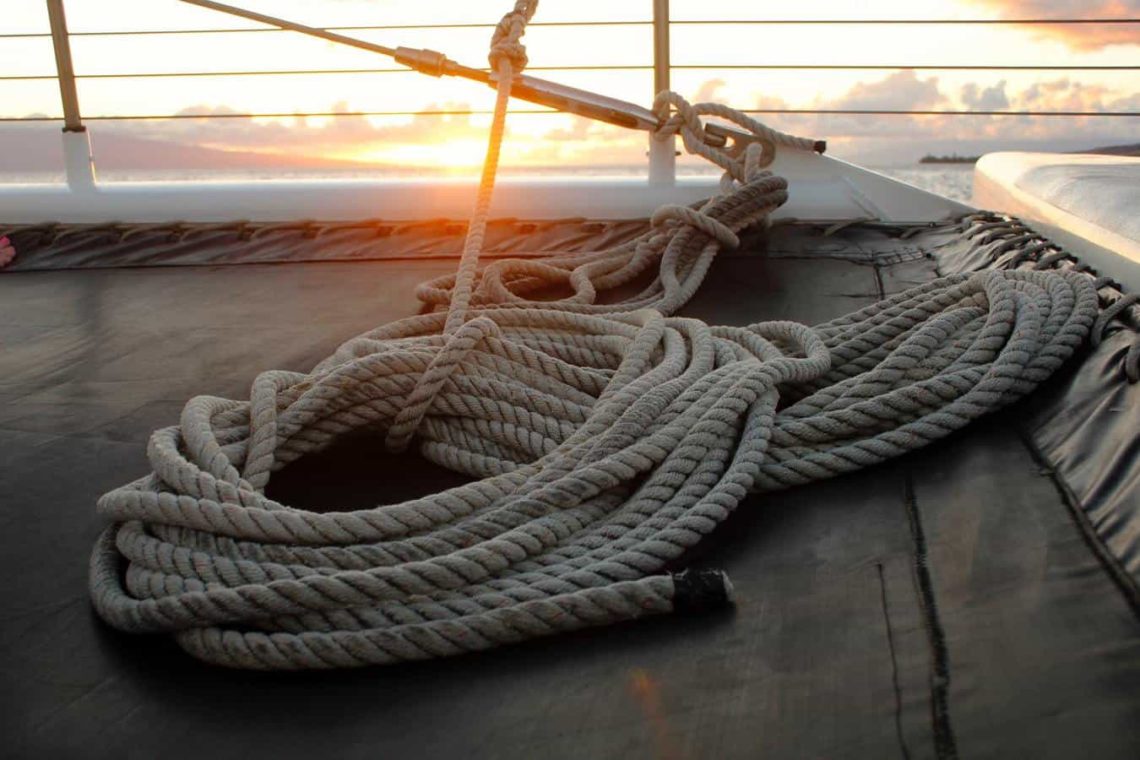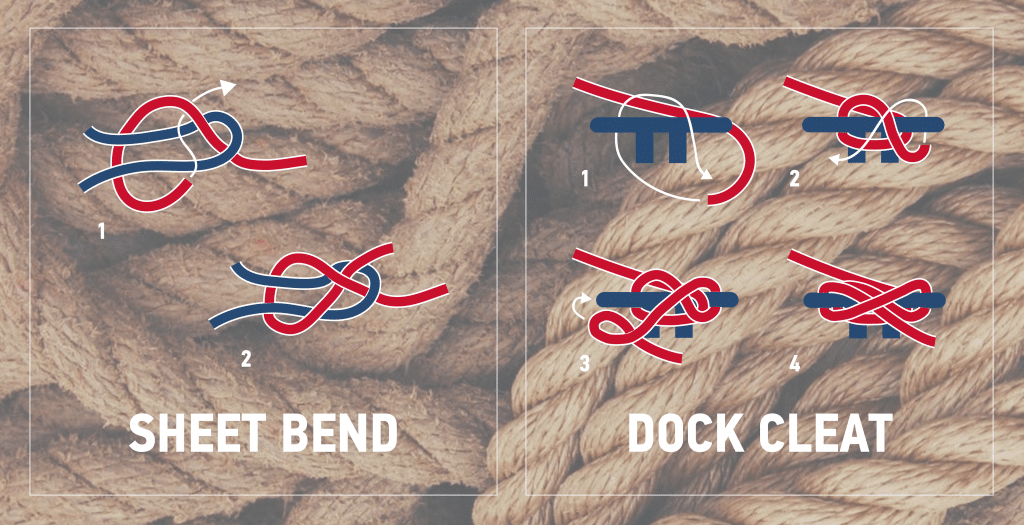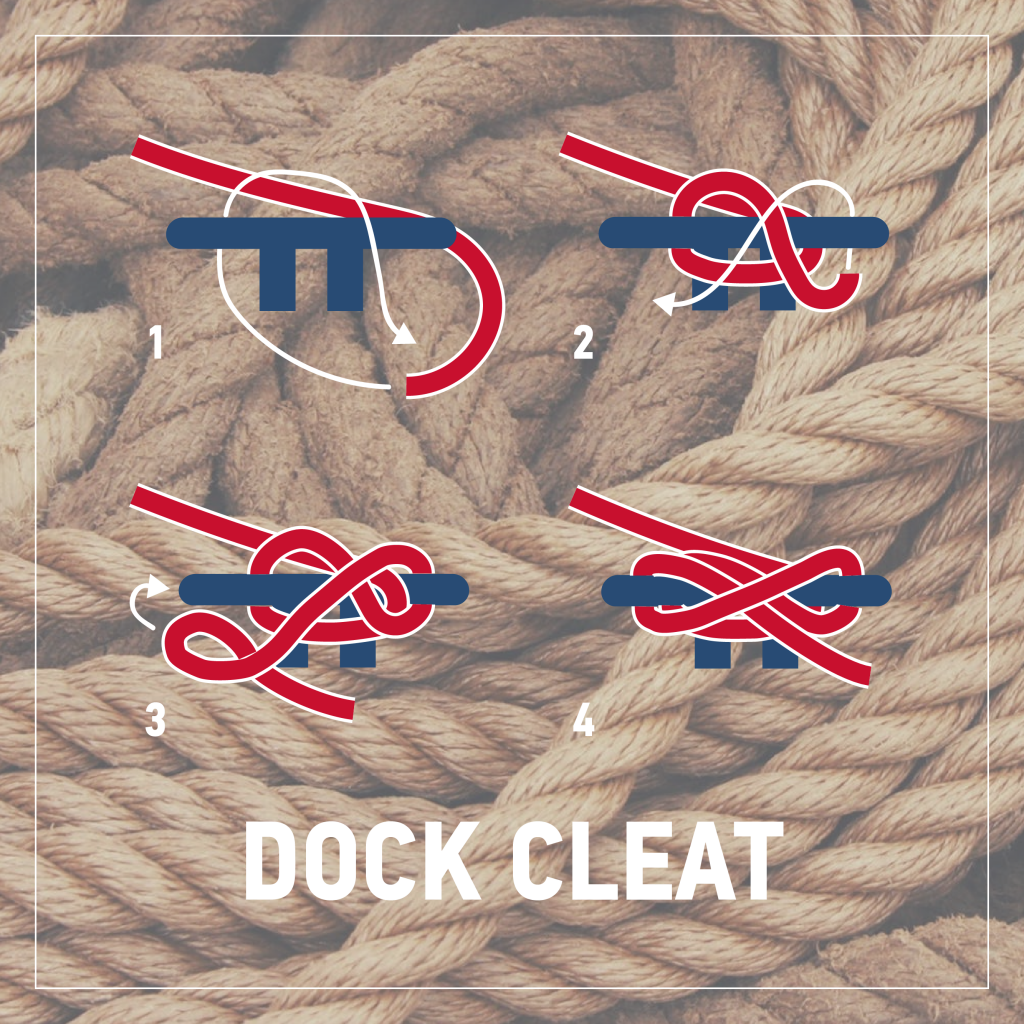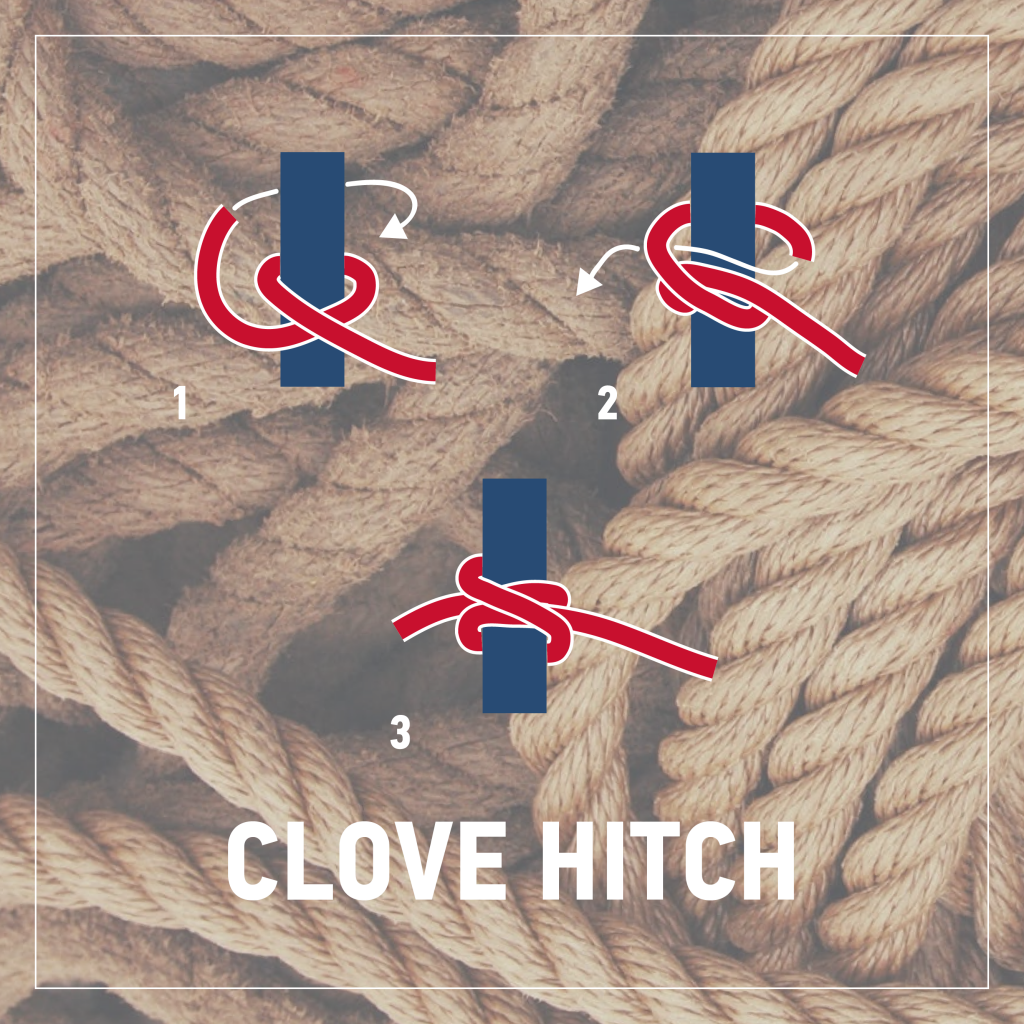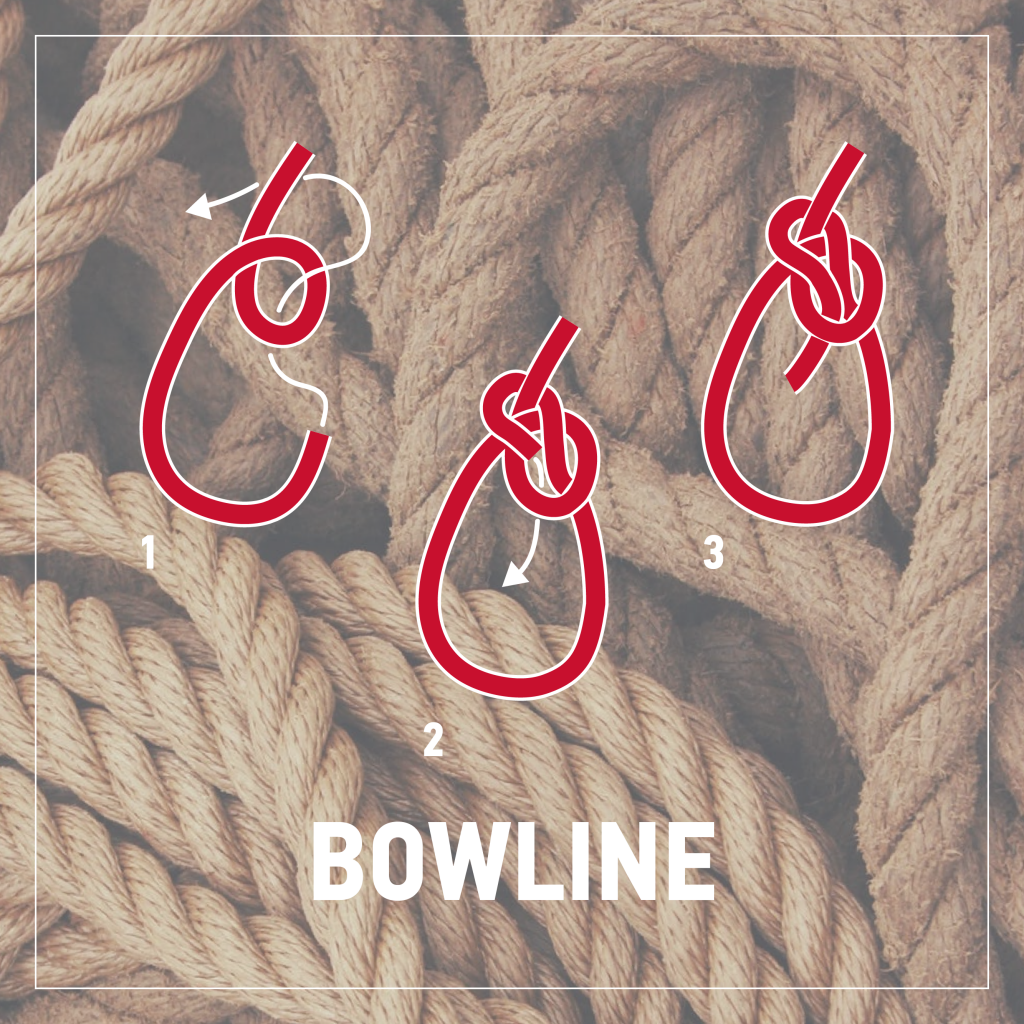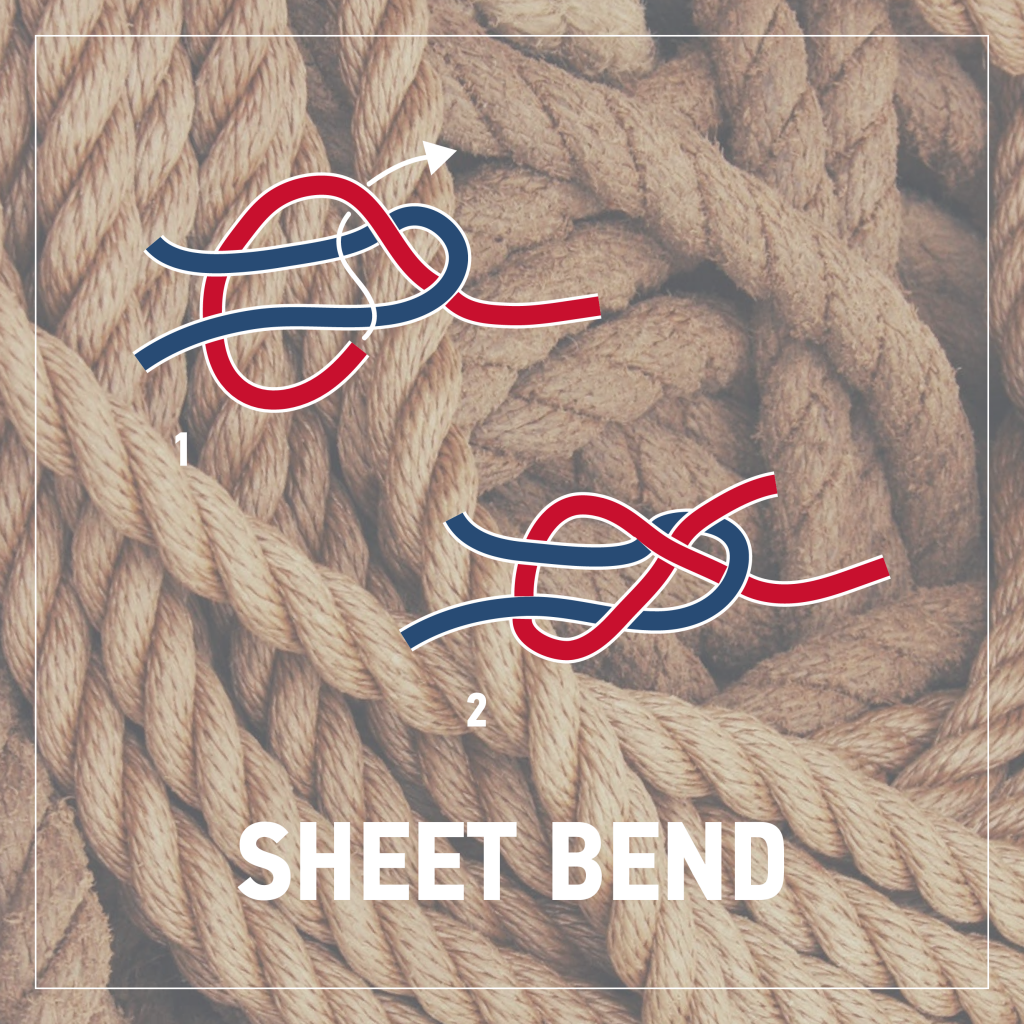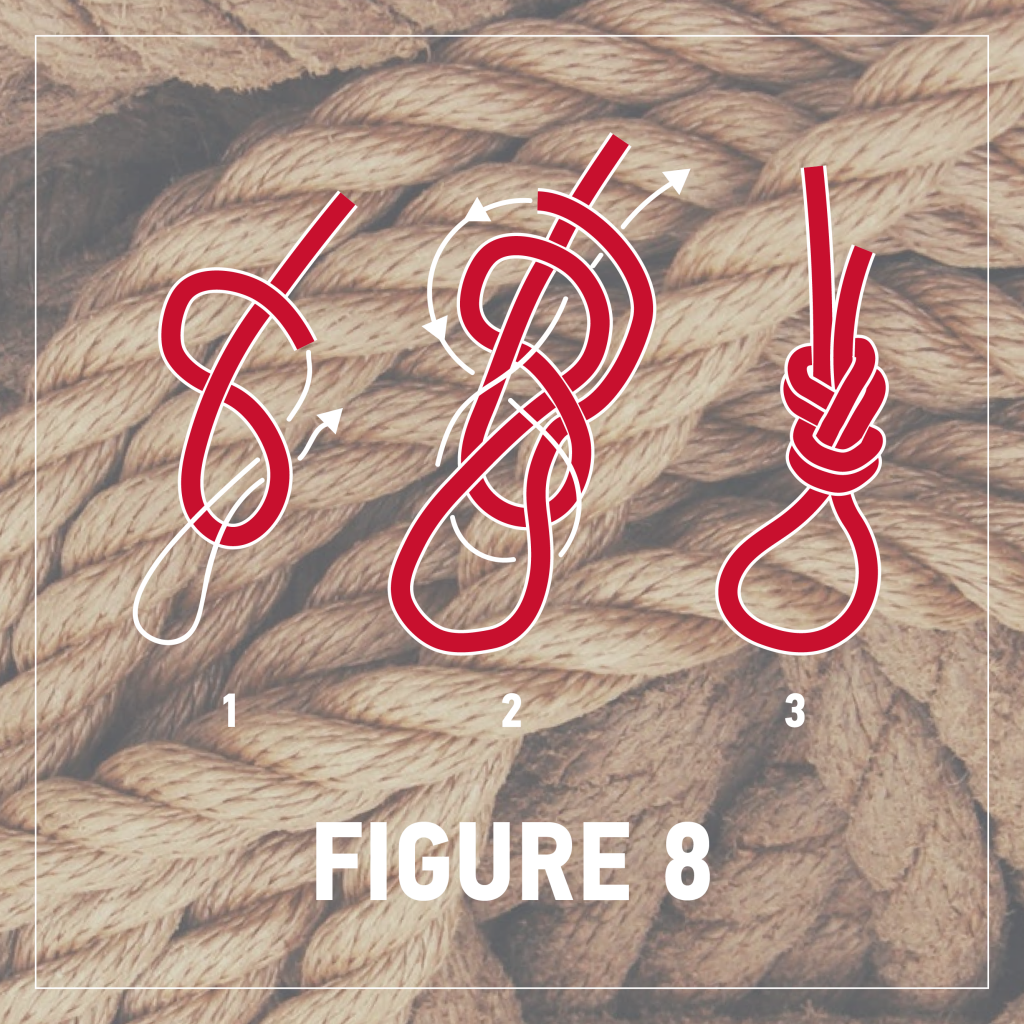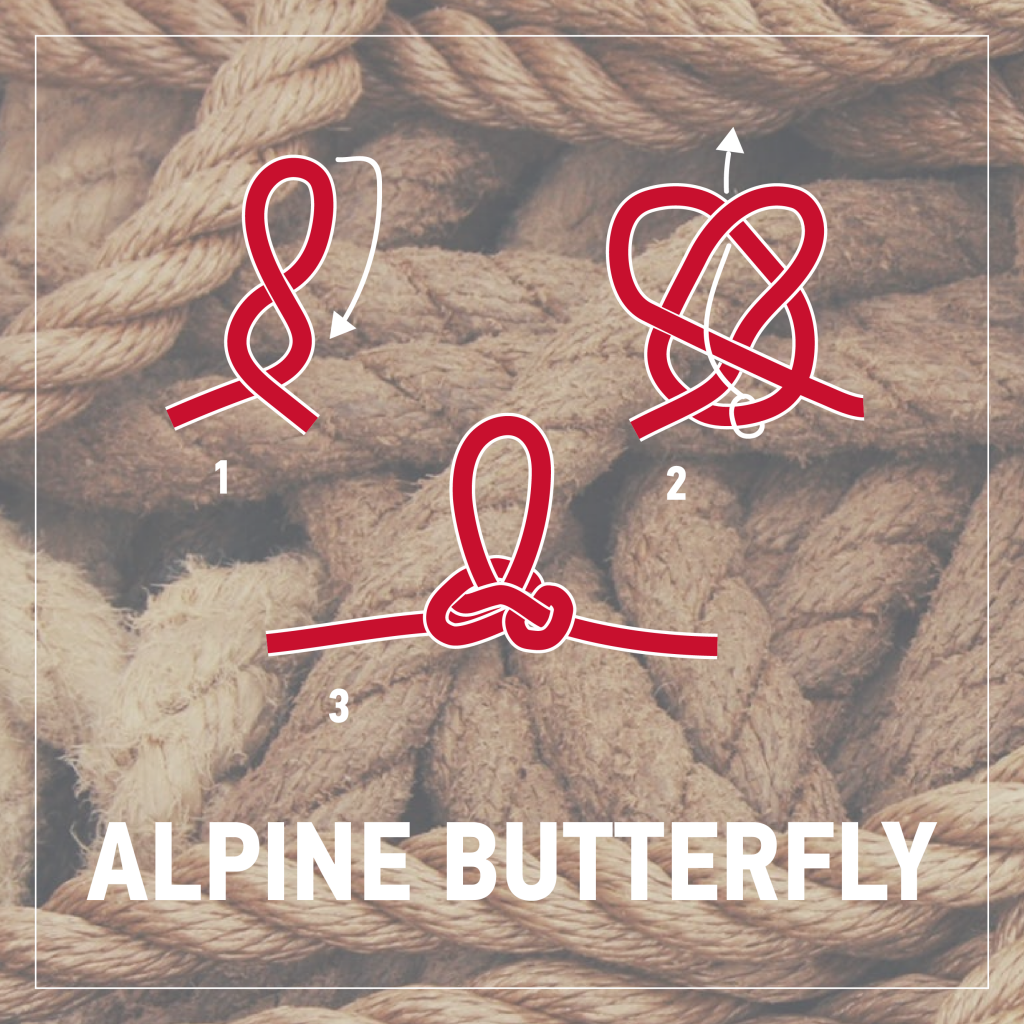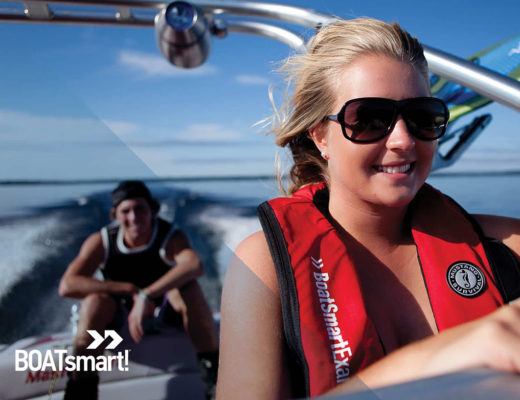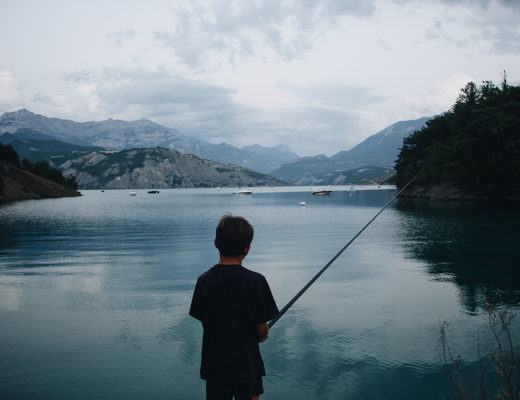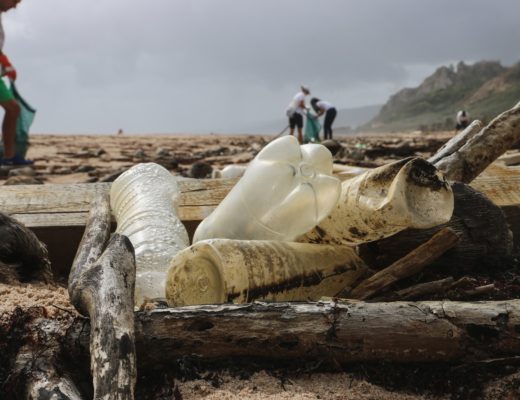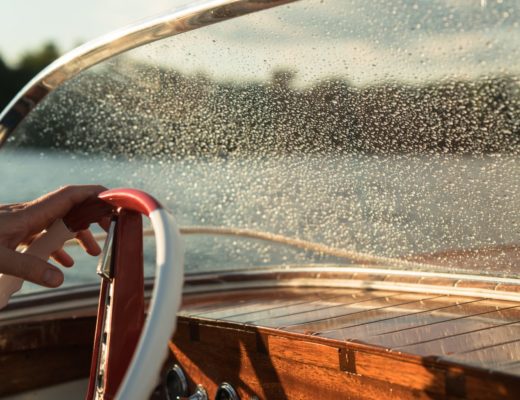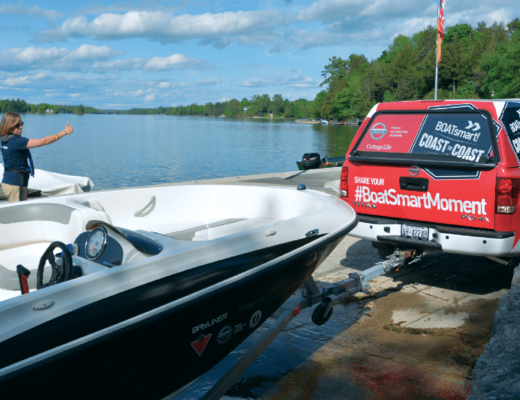You’ve heard of the most common nautical knots – the bowline, the round-turn and two half-hitches, the sheet bend – and you may even know how to tie them. But do you remember which knot to use in every situation? Whether you’re a new boater or simply in need a quick refresher, these knots can prevent expensive damage to your craft and even save lives.
Mooring
Poor mooring can cause costly damage to your boat when the waves smash it against the dock. Make sure to have at least four lines: a bow line and a stern line to prevent drift, and forward and aft spring lines to prevent the boat moving – you guessed it – forward and aft. Don’t forget to have minimum two fenders, which act as bumpers in between the boat and the dock.
Knots to know:
Dock Cleat Knot:
To securely moor a line to a cleat, this knot is common and simple to learn.
Clove Hitch Knot:
When you find yourself mooring to a dock with posts but no cleats, use a clove hitch. It’s easier than round-turn and two half-hitches, and it won’t come undone if the load heavy like a boat.
Towing
If the towed boat has a bow eye that can be easily accessed from on deck, use it to attach the tow line. Make sure to use at least 50 feet of line, if not 100 feet, for the safest tow.
Bowline Knot:
This classic non-slip loop can be used for tying a painter to a small boat. Because this knot can’t slip, it can’t be released under tension, so keep a knife handy at all time during the tow in case of a problem.
Sheet Bend Knot:
For securing two lines – especially lines of different sizes – this sheet bend knot is your best option. Use it to tie together two lines during a tow if both boats already have lines attached.
Tow Sports
It’s important to get a line that is specifically intended for the water sport of your choice, as each activity will require a line of different length, weave (stretch), material, moisture absorption and breaking strength. A useful tip: when you’re done using the line, allow it to drag freely in the water while coiling it – that way, it won’t be stored full of tangles and twists which weaken the line.
Carabiner
Trick question! The safest lines for tow sports will have looped ends or carabiners so they won’t require actual knots. To tie a broken water sport rope in a pinch, use a sheet bend (seen above for towing).
Rescue
It’s critical to know the right knots and how to tie and untie them quickly during a rescue. Most rescue knots should have an unsecured tail that is three or four inches long to prevent untying.
Remember: simply knowing the right knots doesn’t make you a trained rescuer. There are many other factors to consider in a safe rescue, such as possible hazards, dangerous conditions, the safety of the rescuers, etc. Always contact professional rescue personnel in case of emergency.
Figure 8 Knot:
This is the most common rescue knot. It’s strong and easy to recognize, which is important so other rescuers can untie it when necessary.
Alpine Butterfly Knot:
This knot creates a loop in the middle of a rope, to secure a carabiner or tie out a weak spot in a line.
Remember to practice tying these knots until they become part of your muscle memory. We recommend trying them behind your back or underwater so you know you can tie them under any circumstances. Knots weaken rope by about 33% so it’s important not to use them if it isn’t actually necessary; it’s much better to tie one secure knot you can trust than a series of random knots with the hope they’ll stick.
